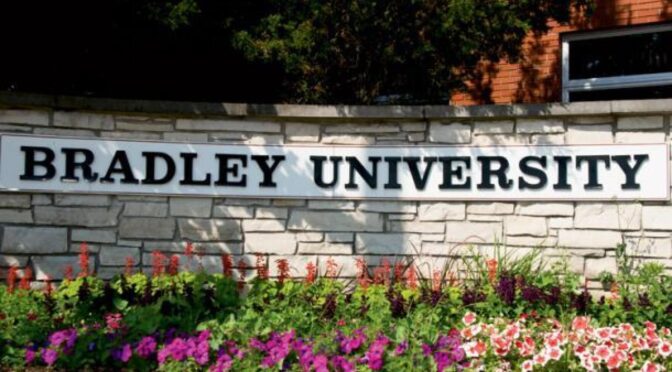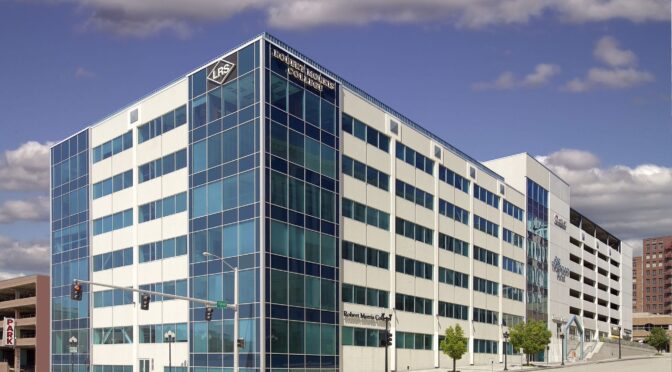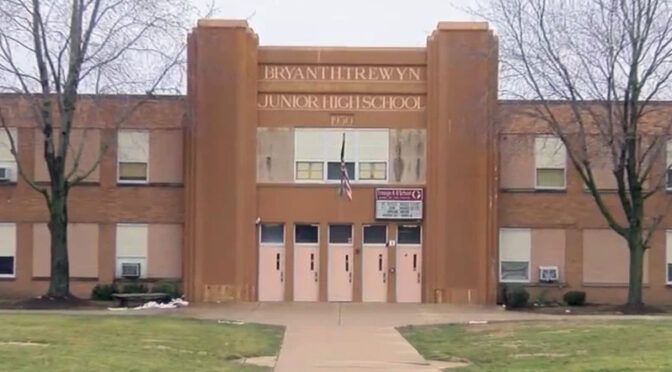In January 2023, Bradley purchased the Avanti’s property at University and Main for $690,000 according to Peoria County property records.
Bradley does not need property on the north side of Main. Bradley is on the south side of Main. What value does the Avanti’s property bring to Bradley? It will require either rehabbing or razing the property, and then it will require ongoing upkeep and potentially police monitoring (if they turn it into green space).
The stated reason for the purchase was to remove blight (Avanti’s is blight?) and make a more attractive entrance to campus. But that isn’t the entrance to campus. The entrance to campus is south of Main on the University S-curve where they have a beautiful stone sign with landscaping that was put in back in the 1990s.
The only reason the property would be of any real value is if Bradley wants to acquire more property on the north side of Main for future expansion. But that would decimate one of the oldest and most stable neighborhoods on the West Bluff: The Uplands.
If you want to see what Bradley expansion does to a neighborhood, look no further than the Arbor District, where Bradley razed all the houses on Maplewood and put up a five-story parking deck across the alley from residents on Cooper St. That resulted in most of the homes being converted from owner-occupied to rental housing. It’s not in the City’s best interests (nor Bradley’s) to destabilize yet another bordering neighborhood.
In July, Bradley announced in a press release that it has a $13 million budget shortfall for fiscal year 2023. Jobs are going to be cut. Programs have already been cut, and there will likely be more coming. It’s hard to see how the Avanti’s purchase did not contribute to this problem.
Part of the reason they are in financial dire straits is because they spent too much on another property–the business and engineering convergence center that replaced Jobst Hall, which cost more to build than they were able to raise. They are only exacerbating their financial woes by acquiring more property they cannot afford.
Alumni of Bradley have recently received direct mailings requesting donations to The Bradley Fund, something they describe as “our primary way for Bradley alumni and friends to grow and strengthen the university through their annual support.” Why would alumni give money to a university that buys property they don’t need at a time when they’re millions of dollars under budget?
No, I don’t think any alumni should give Bradley any money until they show some fiscal responsibility. The convergence center is already built and financed, and it’s a part of campus, so there’s no way to get any money from that. But Bradley could recoup their losses from acquiring Avanti’s.
A good-faith display of the university’s efforts to right the ship and show alumni they’re trying to be good stewards of their money would be to sell the Avanti’s property. Admit that it was a mistake to purchase it. Acknowledge that they can’t afford it. Sell it. Sell it now.





